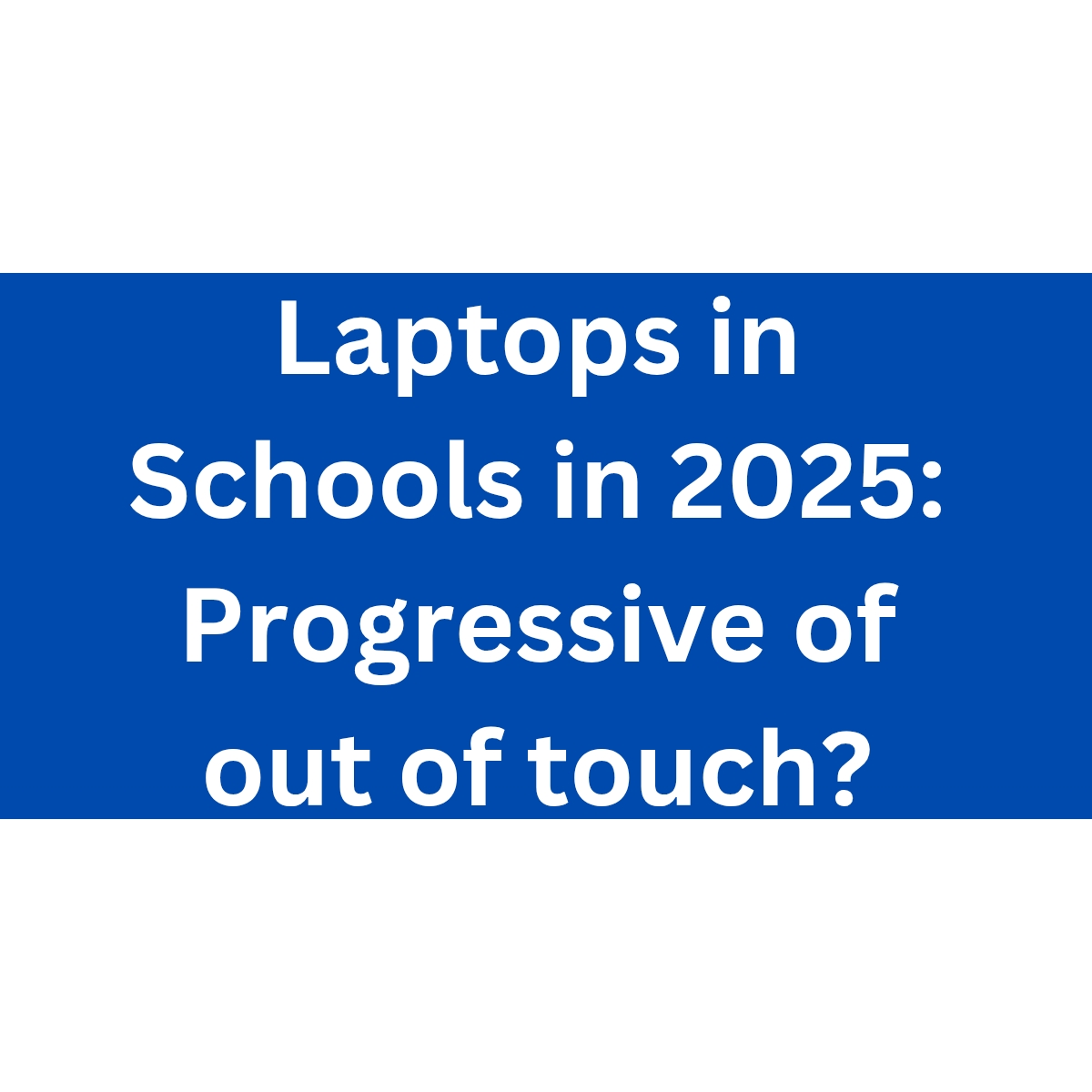The reintroduction of a laptop policy for secondary school students in 2025 definitely brings up some important questions about its practicality. While laptops were a cutting-edge initiative when first introduced in 2010, the tech landscape has evolved significantly. Nowadays, most students are more accustomed to using tablets and smartphones, which are not only more portable and user-friendly but also often more cost-effective.
In 2025, the versatility of tablets, combined with their ability to handle a wide range of educational apps, makes them a strong contender over traditional laptops. They are typically easier for younger students to manage and carry around. Additionally, smartphones have become an essential tool for quick research and communication, making them indispensable in students’ daily lives.
Another factor to consider is cost. Laptops tend to be more expensive and might have features that are not fully utilized by students who primarily need internet access, word processing, and educational apps. Tablets and smartphones often provide a more streamlined, user-friendly experience that aligns with the way students already engage with technology.
Ultimately, the feasibility of a laptop policy in 2025 hinges on whether it aligns with current educational needs and technological trends. While laptops can still be valuable for certain tasks, a more balanced approach that includes tablets and smartphone-compatible educational tools might be more effective and future-proof.

